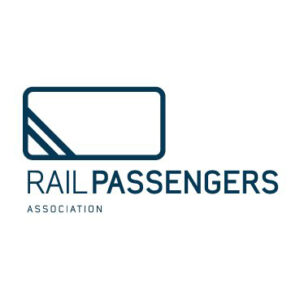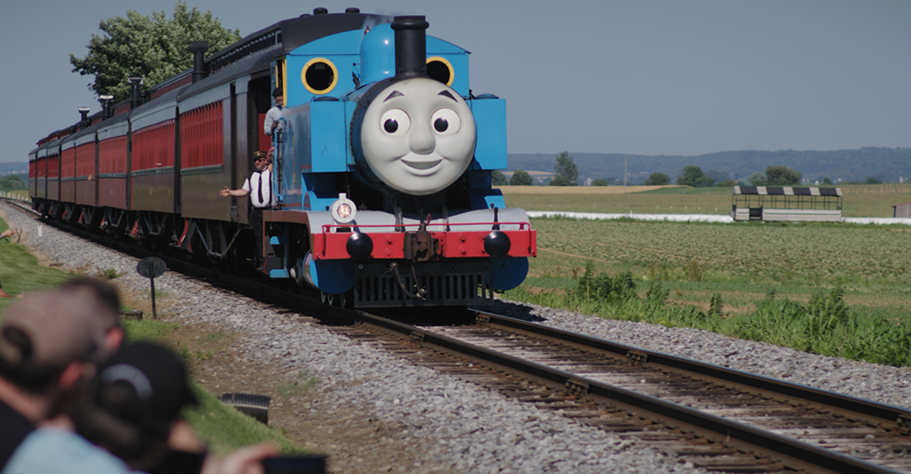 WASHINGTON — There are now dueling petitions over Amtrak’s effort to launch Gulf Coast passenger service.
WASHINGTON — There are now dueling petitions over Amtrak’s effort to launch Gulf Coast passenger service.
CSX Transportation last week asked shippers to sign a petition or send letters to the Surface Transportation Board in support of its position opposing Gulf Coast service unless Amtrak pays for extensive infrastructure work [see “CSX seeks shipper support …,” Trains News Wire, Feb. 4, 2022]. The STB has begun posting letters from shippers on its website [see “Shippers urge STB to require capacity improvements …,” News Wire, Feb. 7, 2022]..
Now, the Rail Passengers Association has launched a petition asking the STB to order the restoration of service, not only because it says there “little compelling evidence” the two daily round trips would hamper freight service, but also to “set an important precedent” for efforts to add service. That petition is available here.
The STB will hold a hearing on the Gulf Coast case in two phases, with public comment and a pre-evidentiary hearing beginning Feb. 15, and the hearing itself beginning March 9 [see “STB sets details for hearing …,” News Wire, Feb. 2, 2022].














Lost in the argument is the following:
1. The schedule while probably matching that of the 1961 Hummingbird is an hour slower than driving between the end stations.
2. Look at a CNW employee timetable for the Chicago – Milwaukee passenger line from the late 1940s or a CN employees timetable for the Montreal – Toronto line from June 1989 to see what track speeds are needed to make a highway competitive schedule.
3. The current proposed timetable requires 2 sets of equipment for 2 round trips of about 262 miles each.
The train may be an hour slower than driving but it’ll be a lot more relaxing and fun. I think I’ll take the train.
Also, lost in the discussion and necessary to get a person to regularly take the train, are the first and last mile connections. I.e. how from the depots does the passenger live and want to visit? Walking distance? If not, what is the connecting public transportation like at each end? If there is some, does it go where the rider wants to go!
Glad to see you back Mr. Landey! Don’t always agree but I enjoy reading what you have to say! What you wrote the other day about the Biden Administration was insanely crazy, but the pile on was insanely crazy too. If we all could learn to converse online with the politeness and decorum — to respectfully disagree — America would be in a better place.
Yes, Benjamin, the internet and social media have made discussions more extreme. I view social media as this: would I share this with everyone I know in person (assuming I could gather them all together at once)? If not, a moderate tone is in order!
Lost in all this tiresome drivel is this question: How is it that in the years before 1965 the railroads managed to run lots of freight and lots of passenger trains. This in the days when many lines lacked CTC.
Let me take it a step forward. Not just lots of freights back in the day, but freights that actually served customers. Imagine you’re a shipper. You look out the window. One freight after another passes by. You go on the web site to request a carload. Oh sorry, the machine answers. Your carload doesn’t fit onto any of our freights. Get back to us next year, maybe we can fit you in.
The machine follows with another point. The machine says that there’s no carload in the UK, only unit freights. Why should North America be any better?
In the UK, there’s millions of passenger trains.
Then the shipper says, well here in America we don’t have either. No carload, no passengers. No carload, no passengers, but plenty of STB hearings.
Exactly Charles, this is what the STB should be asking all the freight railroads not just CSX and NS. I’d love to see their answers in person, not a rambling excuse letter.
Very well said Mr. Landey and very true.